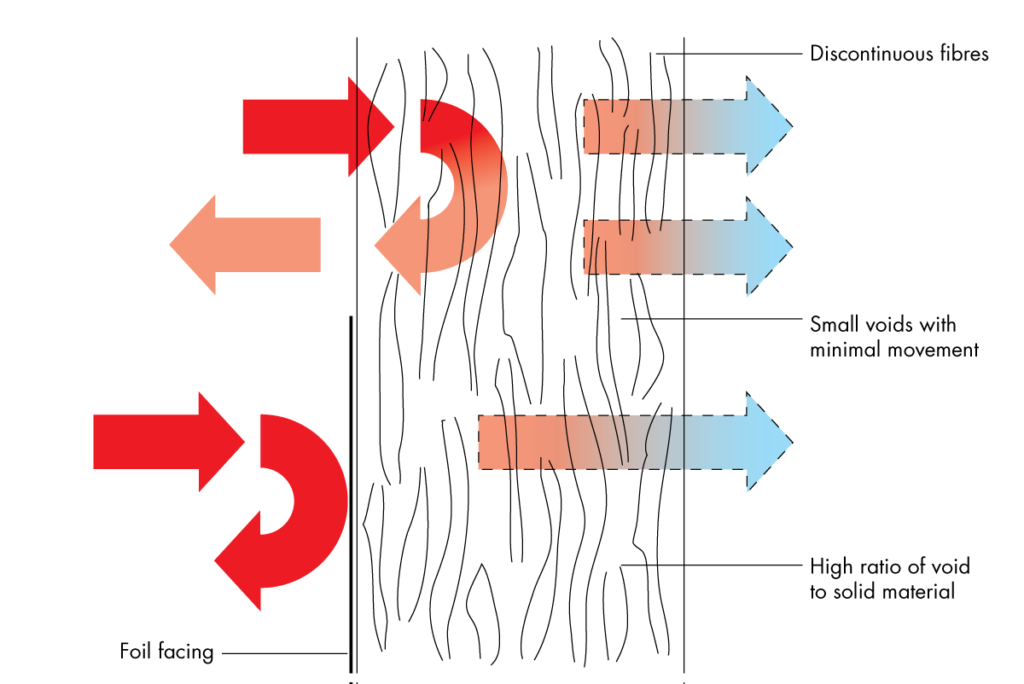HOT AND COLD INSULATION MATERIALS: Know The Difference

Without truly knowing both sides of the story, it’s difficult to make the decision between purchasing hot or cold removable insulation materials. Both hot and cold forms of insulation materials are going to save your precious money in the end, however, it is crucial to determine which is the most practical & reasonable for your piping system.
There are queries that need to be asked when choosing insulation. At the top of this decision, the tree is the most vital: is the equipment or piping that we are insulating hot or cold? Once this query is answered the next question is: interior or exterior? The reply to these two questions will jump-start the decision process when choosing an insulation
Hot Insulation Materials
Removable insulation is specifically designed to insulate piping systems transporting gas & substances at high temperatures. The best materials for heat insulation work to prevent your pipes from overheating while keeping the warmth inside the pipe. This assists in cutting down on energy bills for your facility, saving your precious money in the long run.
So, what materials are utilized during circumstances that require hot insulation? Well, that completely depends on the intended purpose of the pipe is insulated. There is a laundry list of the best material for heat insulations to choose from all with different purposes. Below are three common materials:
- Cray Flex: They have a high thermal, heat, & chemical resistance, while still being produced from high-quality raw materials.
- Resin Bonded Rockwool: Utilized in cold as well as hot insulation, resin bonded Rockwool has high thermal, chemical, & heat resistance with unmatched dimensional stability.
- Spiral-wrap Fiberglass: This kind of fiberglass is difficult to install however it is extremely inexpensive for your hot insulation needs. It both keeps the contents being transported at the proper temp while ensuring the excess heat remains within the piping system.
The most vital part about picking a hot insulation material is understanding the maximum temperature the insulation will be covering. Components less than 350°F can be covered with off-the-shelf pre-molded fiberglass. When components are near or above temp of 1000°F, silica or ceramic insulation is commonly required. It is very crucial to adhere to manufacturers’ suggestions when picking and installing insulation for hot components.
Cold Insulation Materials
Just like hot insulation materials, some of the materials utilized to produce cold insulation vary dependent upon the system of pipes they are insulating. Therefore, the materials utilized in either hot or cold insulation are dependent on the customization of the particular piping system. 2 common materials used in cold insulation are:
- Polyurethane Foam: Perfect for handling low thermal conductivity & substances with below-freezing temp. Polyurethane foam also permits low smoke emission & low water vapor permeability.
- Rubber Foam: This kind of foam is also often recommended for condensation control as the closed-cell technology is highly resistant to moisture vapor.
With chilled insulation, keeping the cold is as vital as keeping the heat out. There are many kinds of insulation utilized on chilled water pipes. The 2 most popular are foam glass and rubber insulation or Armaflex. Even though they are a little more difficult to work with than pre-molded fiberglass, when installed correctly, these materials do a great job of stopping condensation & preventing energy loss.
